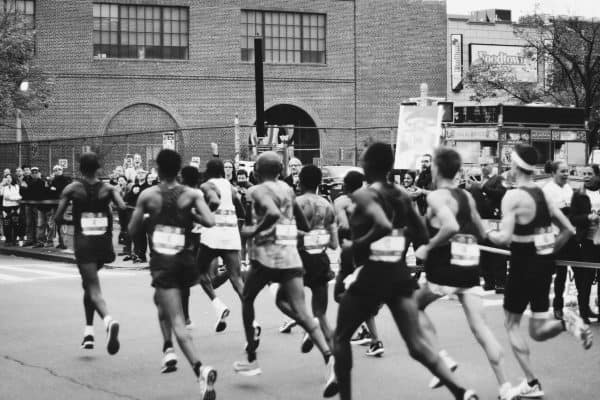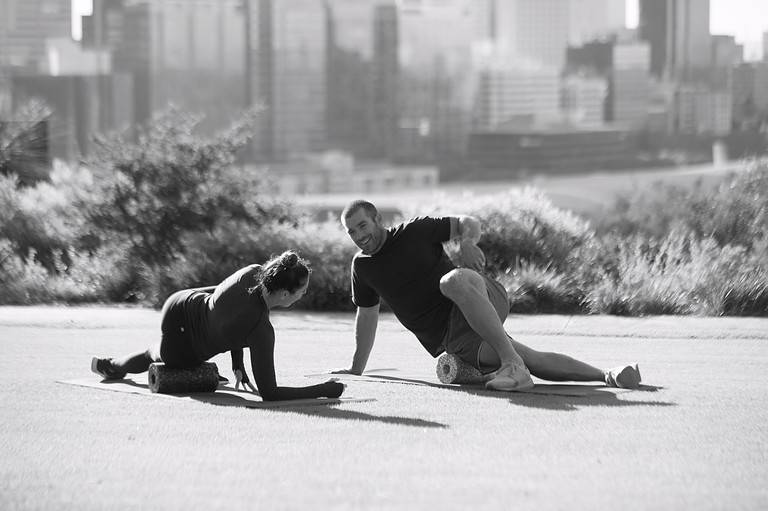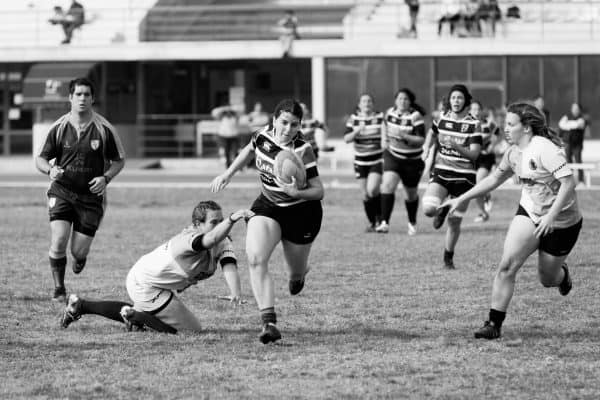Recreational runners of Perth, we have been blessed with this beautiful state of ours and its many, many amazing running trails, tracks and paths. We know that running has multiple benefits at both a physical and psychological level.
But what about the downside – injuries?
Research suggests that 23-85% of runners will experience at least one running-related injury (RRI) throughout their life, most of us more than this. Most of these injuries are what we refer to as overuse musculoskeletal injuries of the lower limb.
With such a high injury rate in runners, we have to ask the question: how we can reduce these numbers and prevent running injuries?
The three key areas in reducing running related injury are:
- Training load management
- Addressing biomechanical contributing factors
- Improving running efficiency
The most common running injuries in runners are:
- Medial tibial stress syndrome (shin splints)
- Plantar fasciopathy (or fasciitis)
- Tendinopathy (Achilles and Patella)
- Bone stress reactions or fractures (metatarsals, shins, sesamoids)
- Patella femoral pain syndrome (runners knee)
Unfortunately, the risk of running related injuries will always be present for runners.
Running causes a physiological and sometimes pathological adaption whereby the body responds to loads placed upon it. This leads to increased strength, cardiovascular fitness and an improved training effect. If however, the loads placed on the body are too excessive or the athlete does not allow for sufficient rest, overuse injuries can develop.
A graduate training program designed to suit the athlete’s current ability and training history is paramount to reduce the chance of overuse injury.
Other than training loads there are typically underlying intrinsic, anatomical or biomechanical factors that can increase the loading on a specific structure (joint, tendon etc.) which can subsequently result in an overuse injury.
These can include, but are not limited to, the following:
- Reduced ankle range of motion
- Reduced hip extension
- Poor knee flexion (stiff knee)
- Poor pelvic & gluteal control (pelvic drop)
- Overpronation or poor re-supination of the foot
- Non-supportive footwear
Early identification & correction of these underlying factors can drastically reduce the runner’s chance of injury.
Gait retraining to reduce running-related injuries is currently a hot topic of debate in the Physiotherapy world. Research has shown that altering certain running parameters with gait re-education can induce a reduction in injury occurrence & pain.
These parameters may include:
- Stride length
- Foot strike pattern
- Knee angle at heel strike and midstance
- Cadence or step rate
- Hip flexion and abduction
Addressing these three key areas will key give you the best opportunity to run pain-free, improve your performance and to simply enjoy running.
Good luck with your training… spring is just around the corner so we expect to see everyone out on the streets of Perth, running, walking and cycling!
Subiaco Physiotherapy is proud to provide athletes from the recreational through to the professional with tailored strength programs to work as an adjunct to your running plan.
Call Subiaco Physiotherapy today on 08 9381 2964 to help you train further, faster and longer!







